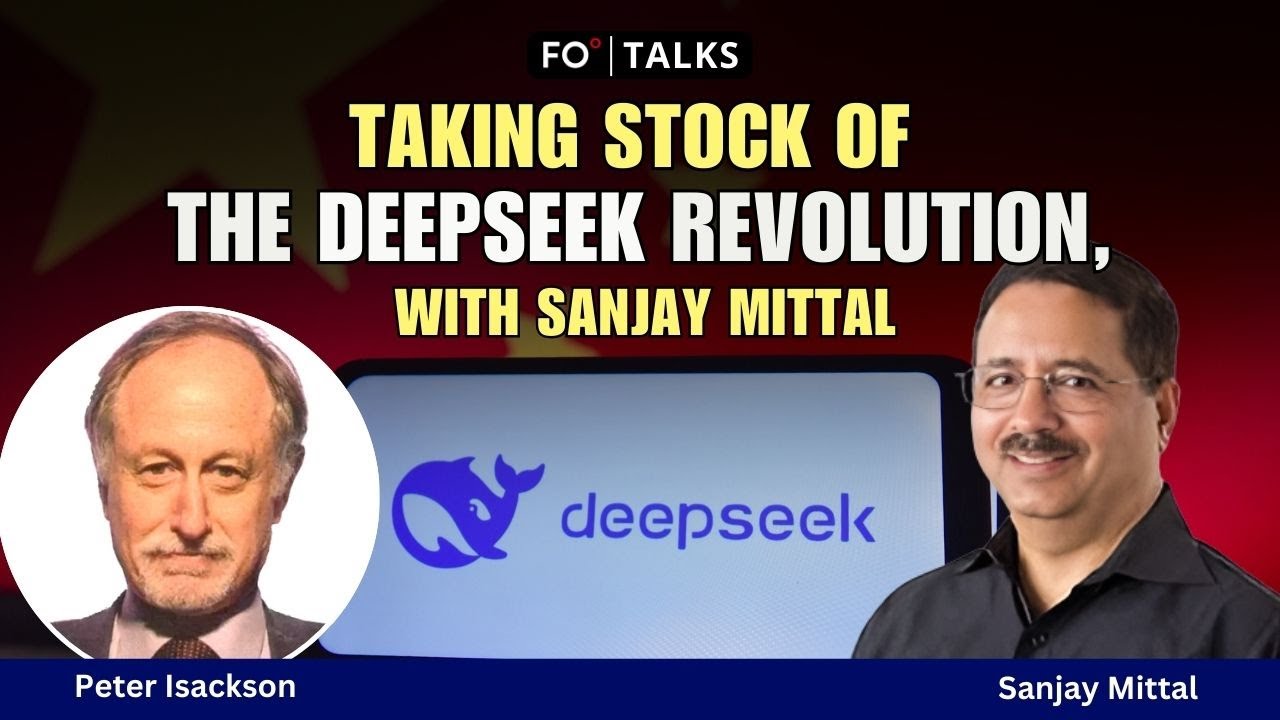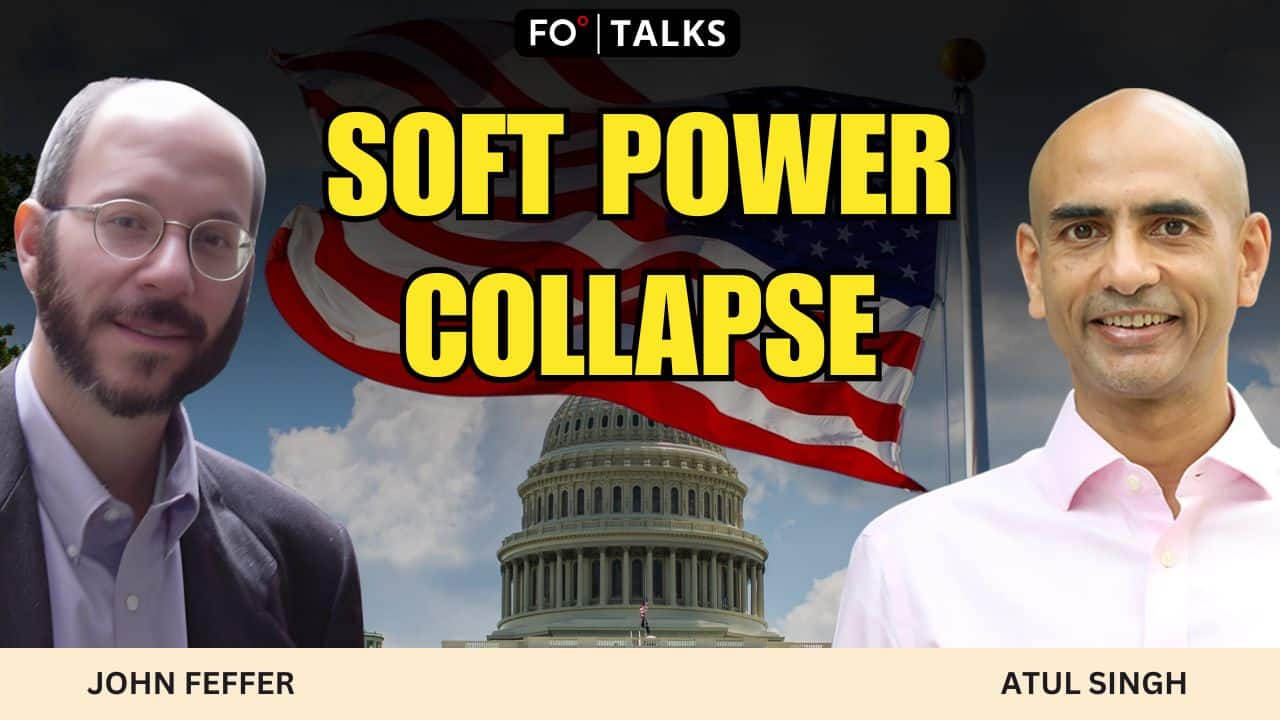A recent breakthrough from DeepSeek, a new Chinese artificial intelligence startup, has sparked global interest. Not only has the company released a language learning model (LLM) that rivals OpenAI’s GPT-4o, it claims to have developed it in just two months using a minimal investment of $5.6 million.
This audacious claim has caused controversy in the tech world. Industry leaders like Elon Musk question the truth behind the Chinese company’s claim. Critics argue that DeepSeek’s expenditures and resources, including the number of chips used, are much higher than it states.
DeepSeek’s R1 model rattles US tech giants
Even discounting tall claims, DeepSeek’s rapid development and minimal investment highlight a potential shift in the AI landscape. Even if the published numbers are exaggerated, the release of an open-source cheap AI tool severely undermines the business models of Silicon Valley’s giants. Those companies rely on massive amounts of computing power and electricity consumption. The former needs a lot of high-quality chips and the latter requires a massive amount of power generation. If DeepSeek can achieve similar results with far fewer resources, i.e. lower costs, this would cause a major disruption.
This shift has already affected market confidence. On January 27, tech giant Nvidia lost $600 billion — a significant 17% — in market value. Simultaneously, the Nasdaq Composite, the index that tracks the top United States tech firms, saw a 3% drop.
Marc Andreessen, the inventor of the internet browser and a bright venture capitalist, endorsed DeepSeek’s innovation. He referred to the company’s model, R1, as AI’s “Sputnik moment.” This comment truly illuminates the importance of DeepSeek’s success, and serves as a wake-up call for the US. Just as the Soviet Union’s launch of the Sputnik 1 satellite spurred the US to action in the Space Race of the 1950s and 1960s, this new AI model signals that the US has to take on China in the new AI race.
Notably, China has made significant progress despite US efforts to restrict the country’s access to advanced chips and chip-manufacturing technology. When Joe Biden was president, he consistently used trade policies to preserve US leadership in AI and AI-related computer chips, Yet DeepSeek has overcome the odds.
The Chinese startup has garnered attention for its impressive results. According to the Artificial Intelligence Quality Index, R1 is already outperforming several established AI models, including Google’s Gemini 2.0 Flash, Anthropic’s Claude 3.5 Sonnet, Meta’s Llama 3.3-70B and OpenAI’s aforementioned GPT-4o. Based on these results, R1 could be an industry changer.
The potential boons for developers and users in the AI ecosystem are notable. As DeepSeek’s model is open-source, app developers and users stand to benefit from its accessibility and transparency. By contrast, closed-source models, like those from major US firms, limit innovation and could prove less adaptable over time. This shift could prompt Silicon Valley to reconsider its approach to AI development. In recent years, Big Tech has become more bureaucratic and less innovative. American tech giants have become monopolistic and oligopolistic, losing their hunger, nimbleness and creativity.
Silicon Valley’s death of innovation
The current AI landscape is like an inverted pyramid. At the base are LLMs like DeepSeek’s R1. Above the LLMs are app builders, and atop apps are users. The proliferation of LLMs — particularly those that are open-source — will foster innovation across the board. By contrast, Silicon Valley’s larger players are increasingly focused on maintaining their dominant positions, often stifling the spirit of innovation that once defined the San Francisco Bay Area.
A tech industry veteran once said that Silicon Valley was home to risk-takers and innovators, like the Wild West cowboys tinkering in garages. Nowadays, the adventurous cowboys who still remain have been pushed to the sidelines. Instead, founders now prepare fancy presentations to woo venture capitalists or Big Tech for investments. Once startups become big, they exit not through an initial public offering but by sale to a larger company.
When startup founders come under the thumb of Big Tech bureaucracy, this stifles their creative spirit. In turn, this stifles technological growth and dampens the innovative spirit. Big tech is now more interested in maximizing quarterly profits than advancing the frontiers of technology creatively. The dominance of big Silicon Valley’s dominance has led to bloated, inefficient business models that consume excessive resources, both in terms of computing power and energy.
Many tech veterans now believe that Big Tech should be broken up. They feel it is un-American and uncompetitive, and partly responsible for the cost-intensive and power-intensive models used in the industry today. Conversely, China’s nimble, open-source approach might offer a more sustainable and flexible model for AI development. How ironic is it that a company from a communist, authoritarian regime has threatened to upend the monopolistic status quo in a democratic, market-driven society?
Technological innovation comes from the fringes
Then again, smaller, more flexible entities tend to drive innovation. Historically, significant cultural and technological movements have emerged from fringe groups. Jazz, for example, was invented by African-Americans, a marginalized group that at that time was excluded from mainstream US culture.
Similarly, technological innovation often arises from outside the established norms. Larger organizations, while successful, can get bogged down by bureaucracy. This inhibits their ability to stay agile and forward-thinking. We can see this dynamic playing out in the tech industry right now, as small companies like DeepSeek are challenging the dominance of big players like Google and Meta.
One thing that has provided US supremacy and could potentially maintain it is the country’s unique combination of financial resources and flexibility. The massive investment capital in the US combined with its risk-taking appetite and diverse competing centers of research — both universities and other research institutions — give it a massive advantage against anyone else.
A stable, regulatory legal framework for the US economy adds to that magic potion.
China has worked to create its own AI champions. Now its small, fringe startup has found incredible success but there is no guarantee of future success. The US has many advantages and could easily win the AI race. To make sure that the US wins this race, it might be prudent to trust-bust — break up big companies into smaller entities, which Teddy Roosevelt pioneered in 1902 — the obscenely colossal Big Tech.
[Lee Thompson-Kolar edited this piece.]
The views expressed in this article/video are the author’s own and do not necessarily reflect Fair Observer’s editorial policy.










































Comment